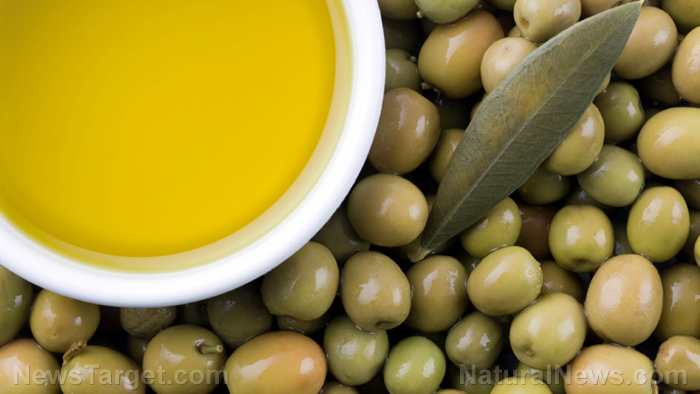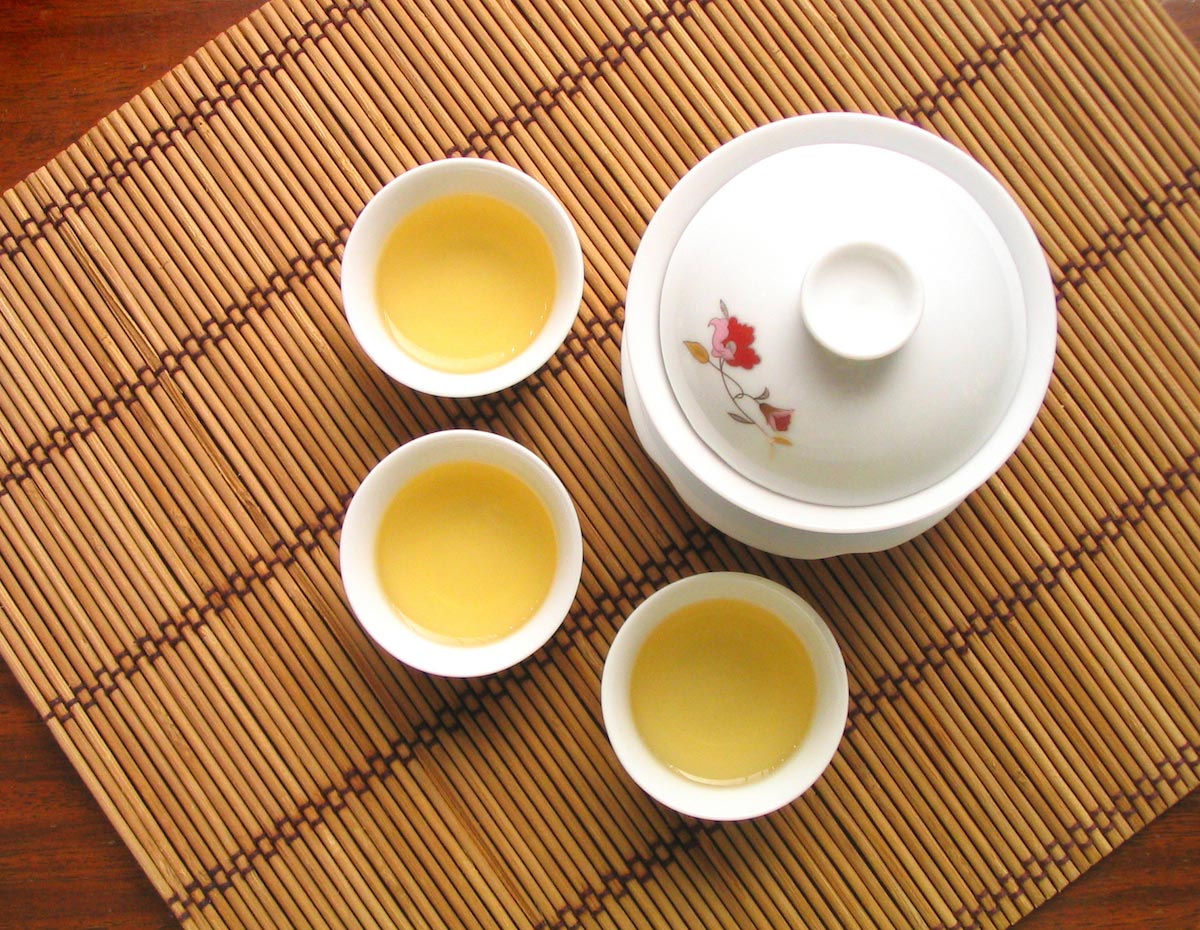This ethnomedicinal fern from Nepal is rich in antioxidants and essential nutrients
07/01/2020 / By Evangelyn Rodriguez

Tectaria coadunate is a species of fern that has attracted scientific interest in recent years. Also known by its local name, kali niyuro, it is a commonly consumed, nutritious vegetable in Nepal.
Quite a few studies have been conducted on this edible medicinal plant, owing to its wide ethnomedicinal usage. Investigations into its biological properties have revealed that T. coadunate has strong antioxidant, antibacterial and anti-cancer properties.
In a recent study, researchers from Nepal decided to look into the phytochemical composition and nutrient content of T. coadunate. They also compared the biological activities of T. coadunate leaf and rhizome extracts.
The researchers reported their findings in an article published in the International Journal of Herbal Medicine.
T. coadunate has antioxidant, antimicrobial and anti-diabetic properties
For their experiment, the researchers first obtained extracts from the leaves and rhizomes of T. coadunate using methanol and hexane as solvents. Phytochemical analysis revealed that they contained large amounts of alkaloids, polyphenols and tannins.
Some of the notable compounds present in T. coadunate include decanediol, dodecanoic acid (lauric acid), methyl stearate and palmitic acid.
The total phenolic and flavonoid contents of the methanol extract of T. coadunate rhizomes were 186.61 mg (gallic acid equivalent, GAE)/g and 143.72 mg (quercetin equivalent, QE)/g, respectively.
The researchers also found that fresh T. coadunate leaves contained:
- Moisture — 87.23 percent
- Total ash — 1.40 percent
- Crude fat — 0.14 percent
- Protein — 1.76 percent
- Crude fiber — 2.42 percent
- Carbohydrate — 6.97 percent
Meanwhile, oven-dried leaves contained:
- Moisture — 0 percent
- Total ash — 11.04 percent
- Crude fat — 1.11 percent
- Protein — 13.88 percent
- Crude fiber — 19.05 percent
- Carbohydrate — 54.93 percent
The oven-dried leaves also had a vitamin C content of about 10.49 mg/100 g.
Methanol extracts from T. coadunate leaves and rhizomes showed antibacterial activity against Escherichia coli, Klebsiella pneumoniae and Staphylococcus aureus. Their zones of inhibition were measured as 16, 9, 20 mm and 15, 11, 21 mm, respectively.
Meanwhile, the hexane and methanol extracts from T. coadunate rhizomes showed more potent antioxidant activity than extracts from its leaves. The methanol extracts from T. coadunate leaves and rhizomes also showed significant anti-diabetic activity.
Due to its abundance in beneficial phytonutrients, the researchers believe that the medicinal uses of T. coadunate are worth exploring in future studies.
Common vegetables with antioxidant, antibacterial and anti-diabetic properties
Plant-based foods are excellent sources of bioactive compounds that can help treat or alleviate the symptoms of various diseases. In the present study, Nepali researchers found that vegetable T. coadunate can potentially be used to reduce oxidative stress, treat bacterial infections and manage diabetes.
But T. coadunate is not the only vegetable that can help with these health problems. Here are some common veggies that share the same beneficial properties: (Related: Easily grow vegetables indoors.)
- Ginger (Zingiber officinale) — A popular medicinal spice, its antioxidant, antibacterial and anti-diabetic effects are all thanks to gingerol, the pungent compound found abundantly in fresh ginger roots.
- Tomato (Lycopersicon esculentum) — Tomato is the major dietary source of lycopene, an antioxidant and antimicrobial compound that offers plenty of other health benefits. Tomato also contains kaempferol, another antioxidant that has been found to normalize blood sugar levels.
- Onion (Allium cepa) — Quercetin in red and yellow onions is responsible for their antioxidant and antimicrobial properties. It also exerts anti-diabetic effects by lowering blood sugar levels.
- Garlic (Allium sativum) — Allicin, the compound that gives garlic its aroma and flavor, is a powerful antioxidant and antimicrobial agent. Allicin also improves insulin sensitivity, reduces inflammation and decreases blood sugar levels.
- Bitter melon (Momordica charantia) — Bitter melon is a rich source of catechin, gallic acid, epicatechin and chlorogenic acid, all of which have shown antioxidant, antimicrobial and anti-diabetic properties in numerous studies.
Vegetables are rich in essential nutrients and active plant compounds that benefit the health in various ways. Reduce your intake of meat and junk food and eat more vegetables and other plant-based foods to enjoy their numerous health benefits.
Sources include:
Tagged Under: alternative medicine, anti-diabetic, antibacterial, antioxidant, food cures, food is medicine, functional food, herbal medicine, Herbs, natural antibiotics, natural cures, natural medicine, remedies, research, Tectaria coadunate, veggie





















